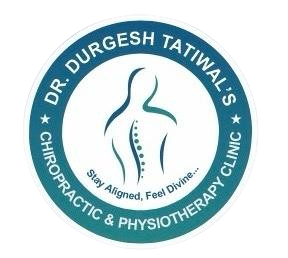Japanese Acupuncture

Japanese Acupuncture
Japanese Acupuncture Therapy is a form of acupuncture that originated in Japan and is characterized by its gentle, precise, and minimally invasive approach to traditional acupuncture. While it shares many principles with traditional Chinese acupuncture, Japanese acupuncture differs in its techniques, treatment methods, and the overall approach to diagnosis and care. It emphasizes a deep understanding of the patient’s constitution, energy flow, and subtle imbalances, often using a lighter touch and more delicate needling techniques.
Gentle Needling:
- Japanese acupuncture is known for using fine, thinner needles compared to those used in traditional Chinese acupuncture. The needles are often very fine (smaller gauge), which makes the needling process less invasive and less likely to cause discomfort or pain. This approach is particularly appealing to people who are sensitive to needles or who find traditional acupuncture needle insertion more intense.
Shallow Insertion:
- Unlike traditional acupuncture, where needles are often inserted deeper into the body, Japanese acupuncture typically involves shallow insertion of needles. The depth of insertion is minimal, making the procedure more comfortable for the patient. The focus is on balancing the body’s energy without disturbing it too much.
Focus on the Pulse and Abdominal Diagnosis:
- One of the distinguishing characteristics of Japanese acupuncture is the emphasis on palpating the pulse and observing the abdomen for signs of imbalance. Practitioners often take a more detailed approach in feeling the abdominal area (the hara), which is considered the center of energy in Japanese medicine. The pulse diagnosis is also a crucial aspect, where the practitioner checks the quality, strength, and rhythm of the pulse to gain insights into the state of the patient's health.
